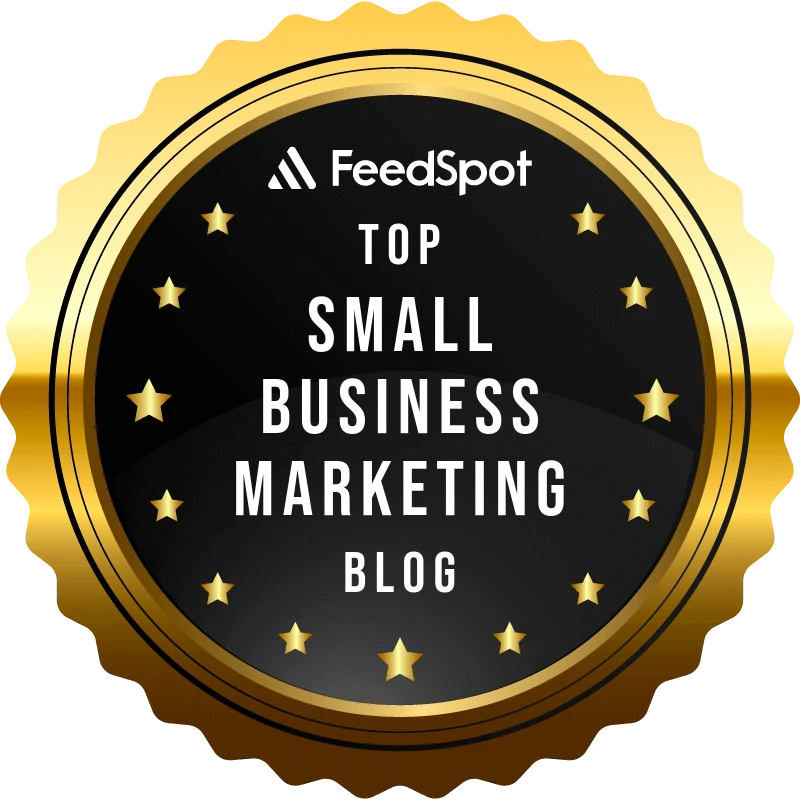
36 Questions to Ask During Buyer Persona Interviews
You’re going to create a semi-fictional character and use it to attract the right people who will buy from your company. Yep! One of the best ways to help your company attract more clients or customers is to know precisely who you want to attract in the first place. The more you know about them, the better you can position your marketing to effectively engage them. That’s where creating buyer personas come in.
What is a buyer persona?
Think of a buyer persona as a fictional character based on factual information about who is buying from your company. The best buyer personas have names, and you can go deep into their needs, desires, struggles, and who they are as human beings too.
These personas help sales and marketing gain valuable insight into who is buying the company’s offerings so they can tailor their content and approaches to these people. It can also be used to map out the buyer’s journey and sales processes. Knowing your buyer persona also helps your social media team create the right content on the right platform for the right people.
Today we’re going to walk you through how you can create your own buyer personas for your company and how to use them to attract the right people who are ready and willing to buy.
Researching your buyer personas
There are two ways to create buyer personas:
- Take a stab in the dark at who you “think” your ideal customer is, or
- You can interview actual customers and prospects to learn about them.
Neither is wrong, per se. Many start-ups or early-stage companies will often take a semi-educated stab in the dark. But if you have the chance to ask a real person the buyer persona questions we’re about to share with you, you’re going to get a far more precise picture of this character you’re creating.
When you interview real people to create your buyer persona, try to interview a small handful of them (3-5 is usually good). Then you can look for trends and similarities they share.
You can also gather much of this information through less direct means, like reading company reviews and testimonials online, listening in on sales or support calls, and talking to customer-facing co-workers.
Recommended buyer persona questions
Below are 36 buyer persona questions you can ask your ideal customer. This is not an exhaustive list. We encourage you to customize this list based on your company and the information you need to know about them to sell more effectively.
For example, if you are a technology or software company, you may ask more questions of a technical nature. Many of these questions work for both Business-to-Business (B2B) and Business-to-Consumer (B2C) companies. No matter what you ask, keep them open-ended questions and encourage the interviewee to share stories and as much detail as possible.
Are you ready? Here are the top 36 buyer persona questions to ask your target customer. Customize them as much as possible, so you get the information you need:
Ask about them, personally
- Share with me your age group, gender, family and relationship status, and ethnic background (TIP: Ask these questions one at a time and allow them time to answer. If you can clearly tell characteristics like their age group, gender, and ethnicity, you can record this information without asking them these questions).
- Where did you go to post-secondary school, what did you study there, and what certifications or degrees do you have?
- Share about your career path from where you started to today.
- What do you like to do in your spare time?
- What is your biggest wish for yourself, your family, or the world?
Ask about the company (These are questions you would ask if you are selling to another business)
- Tell me about your target customer or client in as much detail as possible.
- How many employees does your company have?
- What does the decision-making process look like?
- What is your company’s typical budget for [insert your product or service in general, or high-level terms, here]?
- What are typical challenges companies in your industry face?
Ask about their job (Again, these are more for B2B personas)
- What’s your job title, department, who do you report to?
- How do you influence the decision-making or buying process in your company?
- What does your typical day look like?
- What are the most valuable skills in your job?
- What industry or networking associations do you participate in?
Ask about how they consume information (aka learn)
- Where/How do you learn new information and skills to excel in your career or personal interests?
- What websites, publications, blogs, or resources do you read regularly?
- Do you prefer to learn new things by reading, watching videos, listening to podcasts or audio, or a combination?
- What social media platforms are you active in and why?
About their challenges
- What are your biggest challenges with [insert your niche or product in general or high-level terms here]?
- Have you tried to solve these challenges before? Tell me about that.
- What impact would it have on you to have these challenges solved? What would be its impact on the company?
- What roadblocks have you encountered? (Find a way to relate this back to your company’s niche or products)
- What is your biggest fear? (Again, relate this back to what you do)
- What are common reasons that a solution/product doesn’t meet your needs (Once more, relate this to what your offer is)
- If you could have one challenge solved for you right now, what would that be and why?
About their goals
- What are your company’s (or your) 1-year and 5-year goals? Which are your top priorities?
- Are there any areas your company is looking to improve to attract more customers or get ahead of the competition?
- How do you measure the progress and success of these goals?
- If you could achieve one goal right now, what would that be and why?
About their shopping/buying preferences
- Where do you research or compare new products?
- Are you more likely to buy in-store or online? (Follow-up if they answer online: Would you buy from your smartphone browser, an app, or a desktop computer?)
- Do you need to touch or try the product/service before you buy it?
- What payment methods do you prefer using?
- What kinds of deals, coupons, bonuses, or incentives would convince you to buy?
- Describe a recent purchase you made, starting when you first had the need to buy it to when you first used it.
How to create your buyer persona
Once you have gathered the answers to your buyer personal questions, it’s time to analyze the data. Look for commonalities among the responses and highlight them.
Here’s how you assemble a buyer persona (the character):
- Step 1: Go to a stock photo website and find a picture of someone who looks like they could be your target customer. Take their photo and insert it at the top of your page.
- Step 2: Then give them a name. It can be as simple as a fictitious first and last name or a name that includes their job title and fictitious first name. For example: “ESL Teacher Eliza” or “Software Team Supervisor Stanley.” Write (or type) this name next to their picture.
- Step 3: List their basic demographic information in a box on the page.
- Step 4: List summaries of the most common responses to your main interview questions. You don’t have to include everything, but you need just enough so they start to feel like a real person.
Some additional tips on creating your character
- Don’t write “Jan is between 20 and 25,” instead, write “Jan is 23 years old.”
- Don’t write “Sam is a woman or a man,” instead, write “Sam is a woman.”
- Don’t write “Angela is a department manager or an entry-level marketer,” instead, write “Angela is a Partner Marketing Manager.”
Do you get the idea? Be specific, like you are writing a character for a play.
Want some examples of simplified buyer personas? Check out these personas on the Alexa blog.
How to use your buyer personas
Now that you’ve done all the work, you need to use these buyer personas to your advantage! First, share these personas with any customer-facing staff at your company. These will most likely include senior executives, sales and marketing reps, and customer service teams. Make sure everyone knows who they are selling to and how to use these buyer personas.
These personas may also help you refine your buyer’s journey (or your buyer’s journey might influence your personas). They work together really well. That’s why sharing across your teams can help everyone get on the same page.
Here are a few other ways to use these personas:
- Pretend to read marketing copy to this person and imagine what they’d be thinking.
- When developing marketing campaigns, or product features, refer to their challenges and needs and make sure your content speaks to these needs.
- Use your personas’ demographic and career information to cold-call or begin nurturing relationships with the right decision-makers and buyers.
You may need to create several buyer personas depending on your business. Do your best to keep it to 2-3 max where possible.
And finally, revisit your buyer personas annually or whenever you have a significant shift in your company. They might not need to be redone from scratch but more likely modified and amended to match your target buyers changing needs and your company’s offerings.
If you are new to creating buyer personas the Out-Smarts team can help you! We can also help you develop digital marketing strategies that are aimed at attracting your ideal customers. Drop us a line and let’s chat about how we can help you reach your buyers through digital marketing.
Read more articles:


